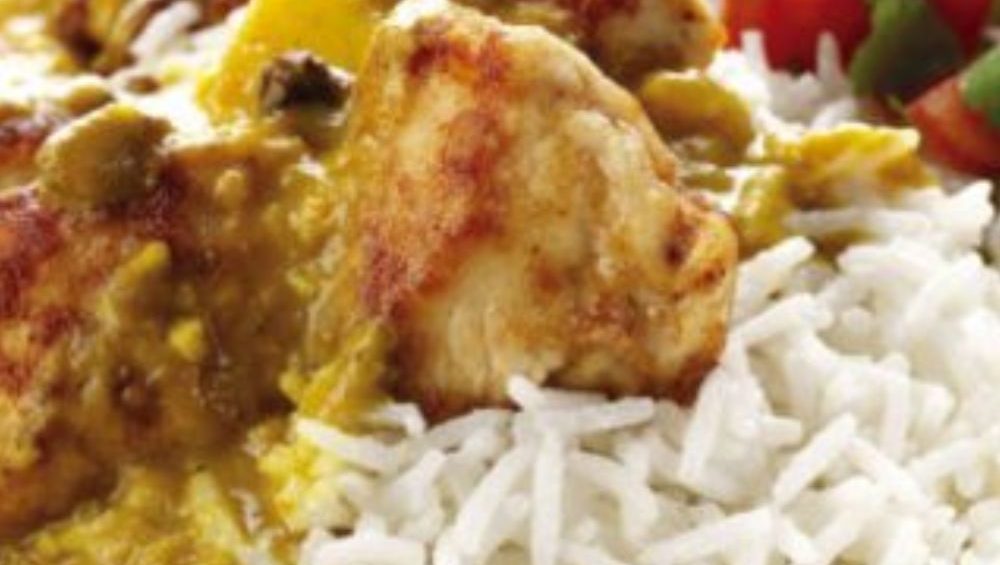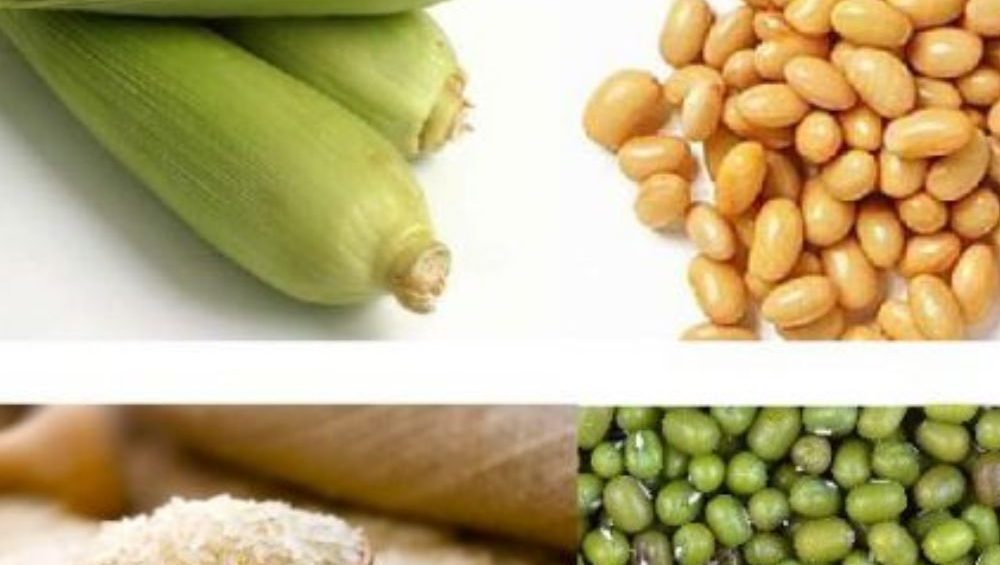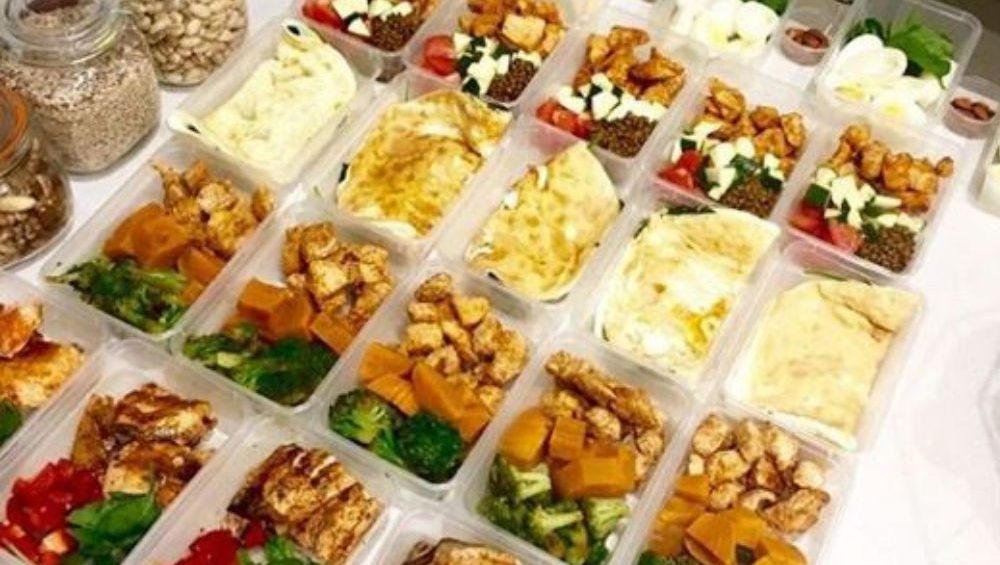Everything to know about “Whey Protein”
WHAT IS IT?
Whey protein is one of the two proteins found in milk, Milk is made of two proteins, casein (80%) and whey (20%). Whey protein is a mixture of proteins isolated from whey. Whey protein can be separated from the casein in milk, found in the watery portion of milk or formed as a by-product of cheese making. When cheese is produced, the fatty parts of the milk coagulate and the whey is separated from it as a by-product. Whey consists of water-soluble proteins, water, milk sugar, vitamins and minerals. Whey protein is considered a complete protein as it contains all 9 essential amino acids.
TYPES OF WHEY PROTEINS
1. Concentrate
2. Isolates
3. Hydrolysate
Concentrate: Protein concentrate contains small amounts of fat and lactose. The percentage of protein depends on how concentrated it is. It can range from 30-90%, so when you’re buying a protein concentrate be sure to get as much protein as possible
Suitable for:
– Anyone who wants an affordable protein powder
– Increased fat burning
– Maintain and increase muscle mass
Isolate: Developing isolate protein demands a longer process than concentrate protein which makes it purer and therefore a bit more expensive since it contains more protein per scoop. It usually contains at least 90% protein, but because of a filtering process it loses some of the other good substances that a protein made from concentrate contains
Suitable for:
-Those who want to take their training to a new level
– Lactose intolerant
Hydrolysate: If isolate protein is considered quickly absorbed by the body, hydrolysate takes it to a new level. This protein is a pre-split isolate protein, thus the protein doesn’t have to be broken down by the body rather it dispatches to the muscles and is stored directly. Hydrolysate does not taste very good and is therefore often combined with protein isolate..
Suitable for:
– Elite level
WHAT IS IT USED FOR?
Whey is used as a protein supplement. It is very useful for hitting targeted daily protein goals. Whey is absorbed faster than other forms of protein, which means it also increases muscle protein synthesis used to break a fasted state.
Whey also delivers a large amount of the amino acid L-cysteine, which can alleviate deficiencies that occur during aging and diabetes, as well as other conditions. While whey has also been claimed to increase fat loss, this is a function of protein, rather than the whey itself. This means that the whey itself does not reduce fat, but taking in more protein often aids with fat loss efforts
BENEFITS OF WHEY PROTEIN
- Maintains Healthy Weight
Studies show whey proteins, peptides and minerals can promote weight loss through influencing blood sugar balance, enhancing satiety and maintaining leaner body mass.
If you follow a higher protein diet after losing weight, you’ll only gain weight in the form of muscles.
- Builds Lean Muscle
With regular resistance exercise, whey protein can help maximize muscle growth. Being one of the best sources of branched-chain amino acids (BCAA), whey protein increases the body’s rate of making lean muscle. As a complete protein, it provides the essential amino acids necessary to maximize the benefits of your exercise program. Whey protein is one of the leading sources of Leucine, a type of BCAA thought to stimulate muscle growth.
- Enhances Exercise Recovery
Whey protein can help repair muscle tissues after exercise.
Studies show that consuming whey protein during or after exercise may promote muscle strength, support muscle function and prevent muscle fatigue. When you exercise, muscle breaks down and taking whey protein after exercise can help rebuilding of muscles by increasing muscle synthesis.
- Prevents Muscle Breakdown
- Curbs Hunger
Consuming more protein can help people eat less, since protein, as part of a higher protein diet, enhances the feeling the fullness compared to fat or carbohydrates.
- Boosts Immunity
- Promotes Bone health
- Supports Healthy Cardiovascular System
Studies show that certain peptides in whey may have positive effect on hypertensive individuals. These whey peptides may help lower cholesterol levels and prevent build-up of plaque on blood vessels.
WHEN TO TAKE WHEY PROTEIN?
Taking whey protein is a convenient way to add 25-50 grams of protein on top of your daily intake. This can be important for bodybuilders and gym enthusiasts, as well as people who need to lose weight or are simply lacking protein in their diet.
Taking Whey Protein in a Morning
As glycogen stores run low overnight, the body is forced to turn to amino acid stores to power metabolic processes. This places the muscle into a catabolic (or breakdown) state. Whey protein is a fast-digesting protein that is perfect for when you wake up, since it quickly delivers amino acids to your muscles and counteracts muscle breakdown. Most experts recommend consuming a quality whey protein shake, such as Whey Protein 80, first thing in the morning. This is because of its impressive Biological Value and great amino acid profile which ultimately ‘sets’ you up for the day.
Taking Whey Protein Pre-Workout
A whey protein shake pre-workout is integral to creating a positive nitrogen balance in the body. This is necessary to stimulate protein synthesis and increase muscle mass. Protein is the building block of new muscle growth. Research has found that protein synthesis is increased when whey protein were taken ‘immediately before resistance exercise’. For this reason try including 25-35 grams of whey protein as the basis for your pre workout shake.
Taking Whey Protein Post Workout
Perhaps the most important time for athletes to take whey protein is immediately post-workout. This is because you’ve just put your muscles under a lot of stress and must now provide nutrients for repair and re-growth. A fast-acting protein source such as whey protein is the perfect choice. Research shows that after a strength based training session your muscles are starved and so have a ‘sponge-like’ property. Scientists believe you can therefore absorb more protein at this point compared to any other time of the day. Therefore it makes sense to add a large serving of whey protein post workout. This will serve as a great basis for your shake and kick-start the recovery process.
Taking Whey Protein Before Bed
Overnight some people will go several hours without food. With limited nutrients to your muscles, the muscle may then be forced to turn to amino acid stores to fuel metabolic processes. It is recommended to drink a whey protein shake prior to going to bed to stop your muscle from entering a catabolic state. Feeding the body in this way ensures that nutrients are available during the overnight fast and muscle breakdown can be avoided. Because of its fast release nature, many nutritionists prefer to recommend casein protein instead of whey protein before bed. This provides a tapered release of nutrients to the muscle overnight.
















